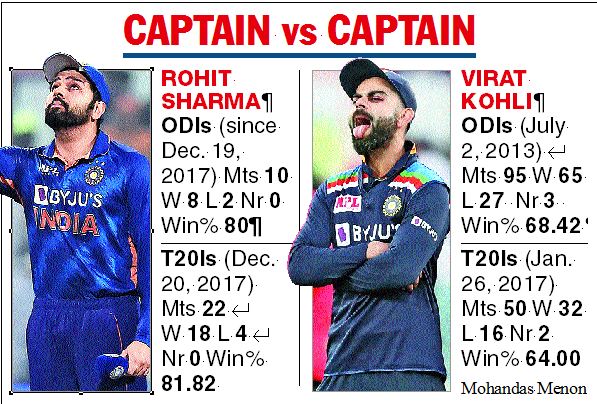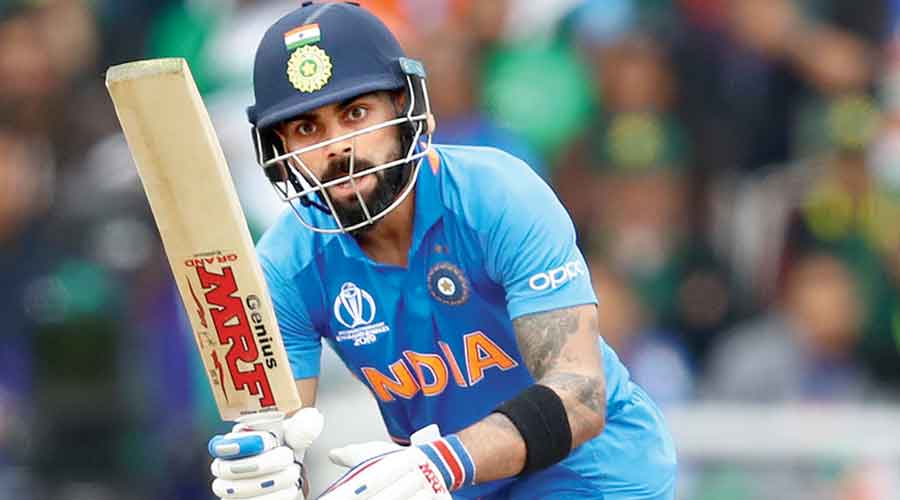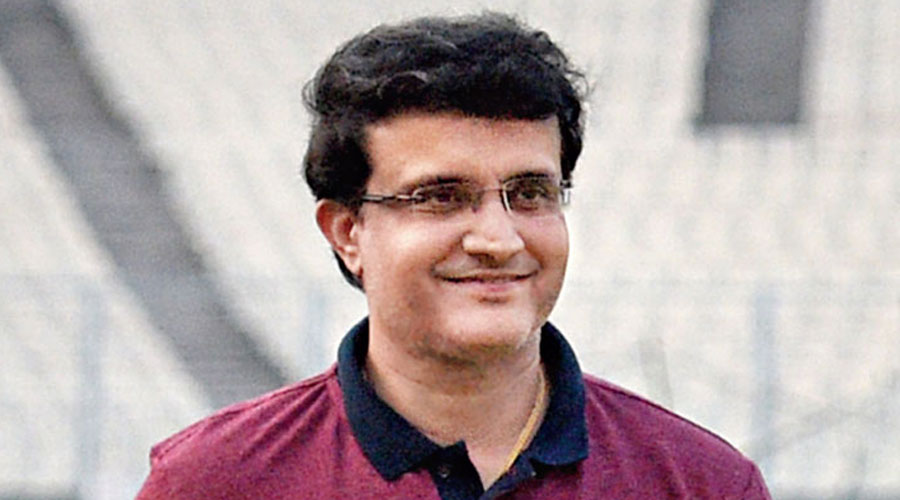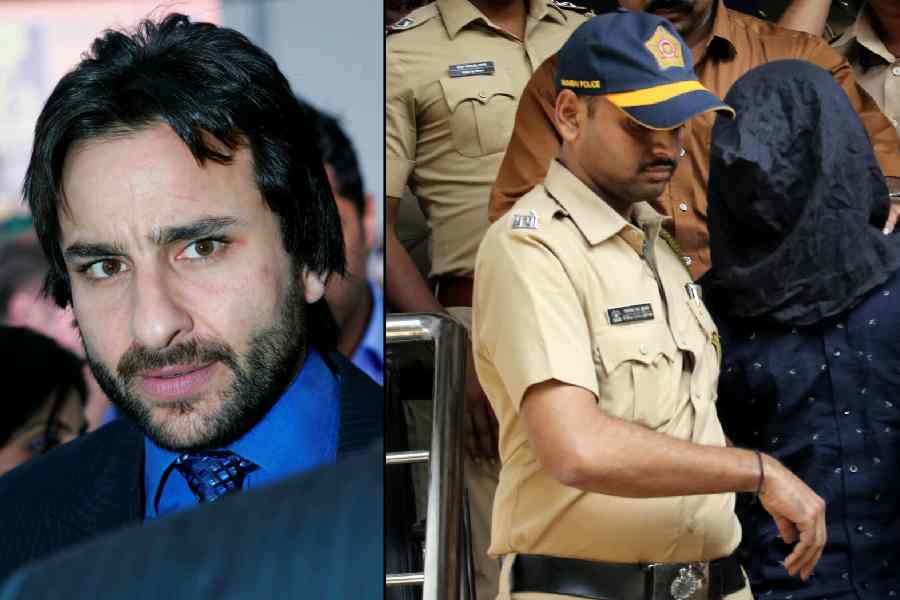The winds of change are truly and strongly blowing in Indian cricket. With the Fab Three — Sourav Ganguly (Board president), Rahul Dravid (head coach) and VVS Laxman (National Cricket Academy chief) — in charge, it is only natural to expect some tough decisions in their bid to help Indian cricket attain the desired next level.
Wednesday’s move to hand over the ODI captaincy to Rohit Sharma can be seen as a progression towards that goal. The BCCI president confirmed on Thursday that the national selectors had no option but to remove Virat Kohli since they wanted to have one captain in the white-ball formats for the sake of continuity.
What Sourav didn’t reveal as “part of discussions” was the fact that Kohli’s failure to win an ICC trophy since taking over as captain in white- ball format in 2017 also played a significant role in his ouster. The BCCI couldn’t risk any further disasters given that the 50-over World Cup will be hosted by India and is only two years away.
Nothing counts more than success in premier tournaments and Kohli has come a cropper in that aspect, his near 70 per cent success as ODI captain notwithstanding.
“It cannot happen every time. We need to overcome situations where we blame only bad luck for defeats. Why can’t we put up sizeable totals when the top order fails to get runs in a match? Champion teams are the ones who can make it count on big occasions,” someone associated with Team India told The Telegraph.

Captains getting sacked aren’t new in the corridors of Indian cricket. Kapil Dev was removed within a year of winning the 1983 World Cup and Sourav himself got the boot in 2005 after returning victorious from Zimbabwe.
There is a feeling that Kohli has failed to connect with the team, especially the younger lot, while Rohit is being seen as someone with whom the players can associate more freely.
“Rohit is very popular and can provide the desired security to the boys. That will play a big role in preparing the players mentally in these tough times. It’s unfortunate but the truth is that Rohit can align with the new team management much better than Virat. Rohit will also get time to put his plans in place.
“It was obvious that the selectors didn’t want two separate captains in the limited overs format. Virat should have read the writing on the wall much earlier and announced his decision to avoid this ignominy... His adamant nature has led to his being shown the door by the Board,” the source maintained.
The T20 World Cup debacle hastened his downfall since there was a feeling in the BCCI that captaincy was proving to be a burden and relieving him of the responsibility could prolong his career as a batsman. Kohli has been without a century across formats for more than two years now.
Former captain and chief selector Dilip Vengsarkar agrees. “It obviously makes sense to have one captain in white ball and one in red ball cricket. As a captain you always think more about the team and want to win matches.
“When he is not the captain, there will obviously be less pressure and he can concentrate more on his batting. There’s no doubt about his class and he is one of the best in the business. Ultimately India is sure to benefit from this move,” Vengsarkar said.











